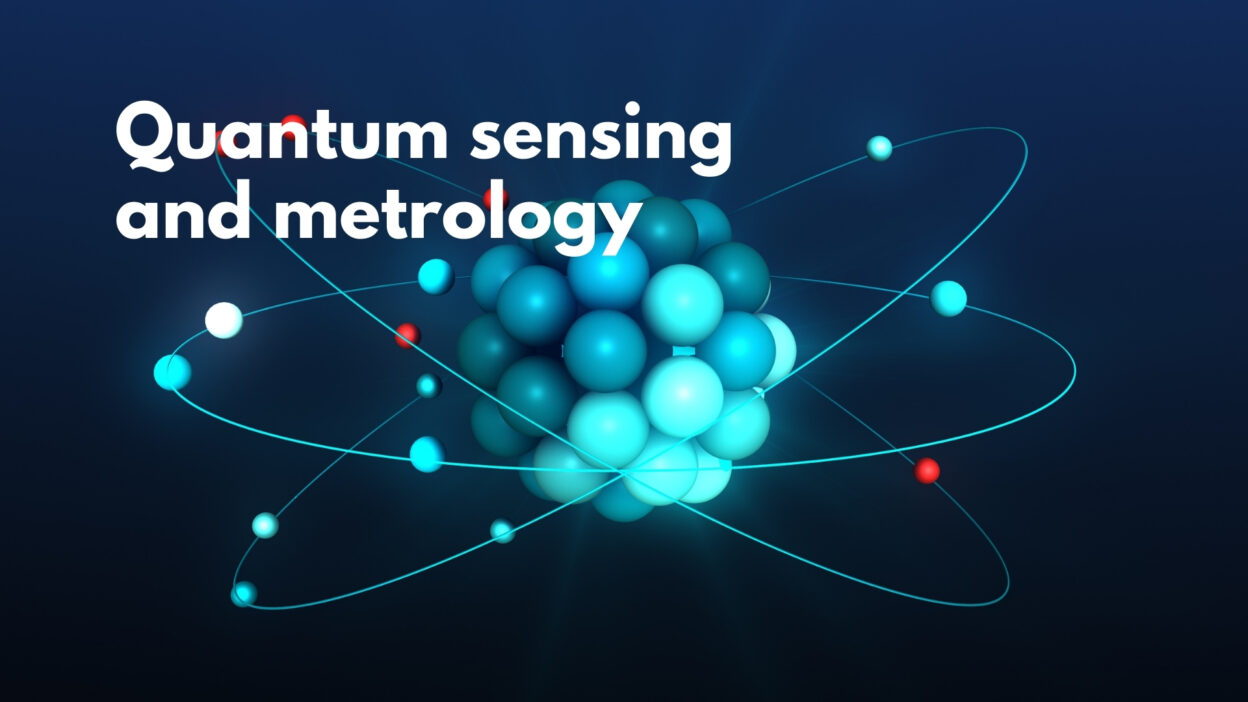NIST Develops Advanced Radiation Transport Methods for Dosimetry and Metrology
The National Institute of Standards and Technology (NIST) has developed advanced radiation transport methods for calculating the penetration of electrons and photons in matter. These methods are used in major Monte Carlo simulation codes today.
Monte Carlo simulations are an accurate tool for designing, optimizing, and gaining insights into situations that are both accessible and inaccessible to measurement. NIST’s Dosimetry Group applies these simulations to problems in radiation metrology, protection, therapy, and processing.
The group continuously develops and uses interaction data and Monte Carlo calculations for understanding and refining measurement standards, as well as the many applications of ionizing radiation. These simulations may encompass the whole problem from source to detector.
Key applications include:
– Developing a computational model of NIST’s Clinac 2100C medical accelerator
– Examining the adequacy of shielding in the new home of the Clinac in the H wing of Building 245
– Describing standard beam qualities provided by NIST at x-ray energies and their measurement via free-air chambers
The fundamental photon and charged particle interaction data and radiation transport methods developed at NIST are crucial for accurate calculations in theoretical dosimetry, with applications ranging from primary radiation standards to radiation protection, therapy, and processing.
Keywords: NIST, radiation transport, Monte Carlo simulation




